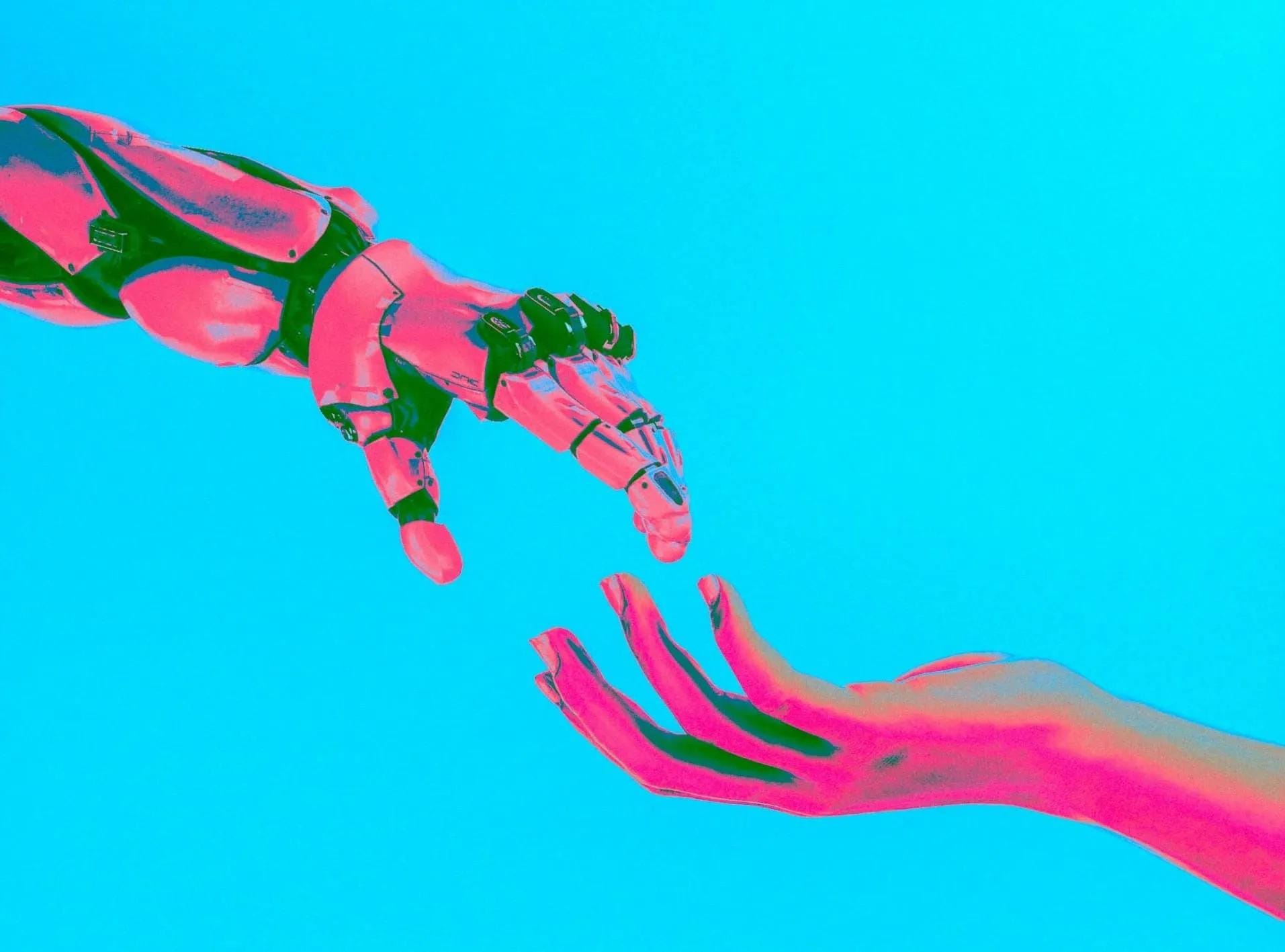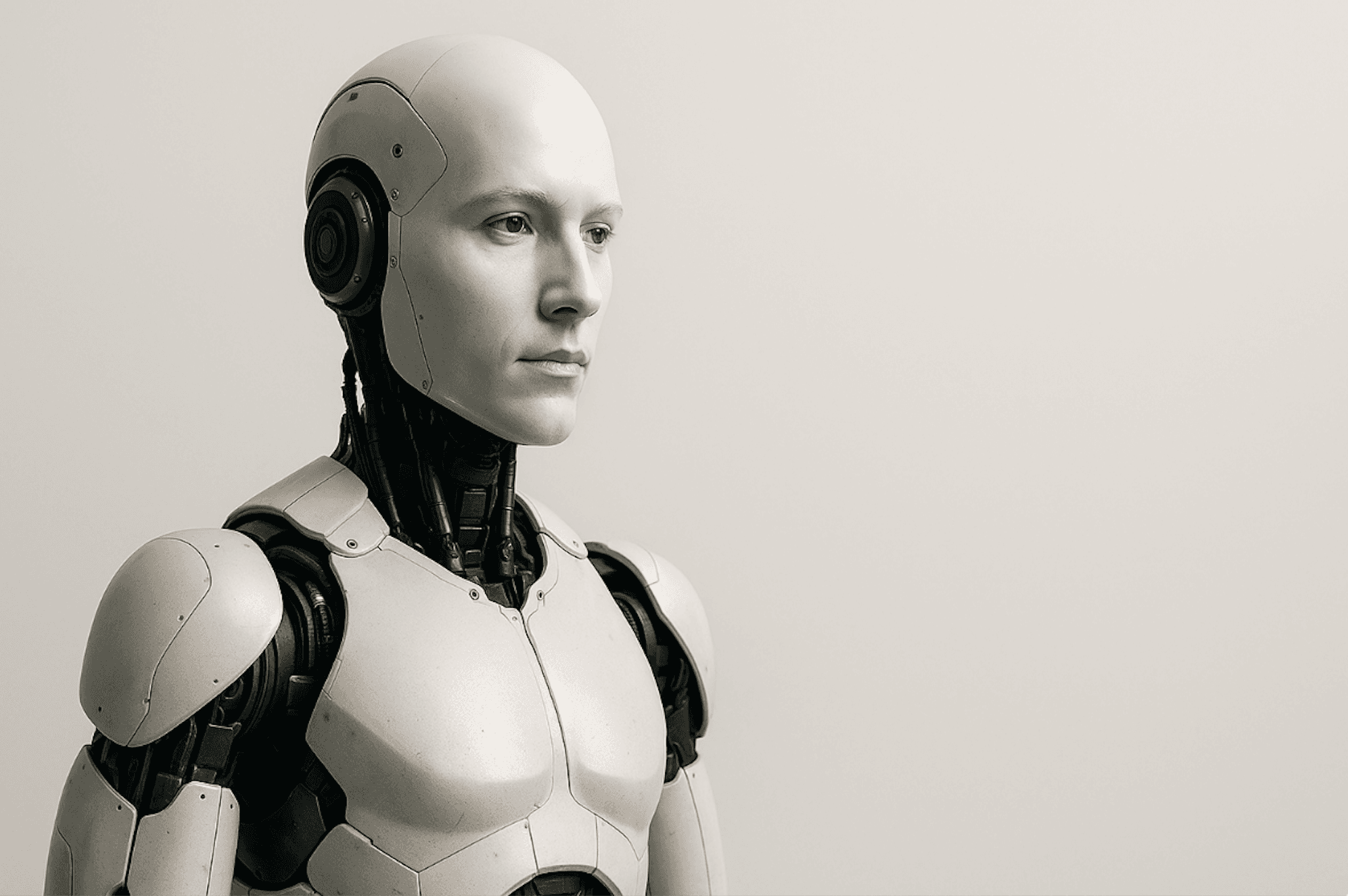Engineering-10/08/2021
Early-Stage Hiring for Engineering Teams: Part I
Early engineering hires will set the tone for the company's future engineering culture which will have a permanent impact on the company’s ability to deliver on product objectives.

At Moonfire, when we make an investment we like to say that we’re the “first money in”. That is, we are typically the first institutional capital that a company is receiving. In practice, this means that we need to roll up our sleeves to help our founders build the foundation to become a rocketship. The three areas we talk to founders about most are hiring, sales, and fundraising. In this article, I’d like to outline some tips and tricks we often discuss with our portfolio companies when they’re constructing their early-stage engineering hiring strategy.
Early engineering hires will set the tone for the company's future engineering culture which will have a permanent impact on the company’s ability to deliver on product objectives. It can also be hard, costly, and time-consuming to course-correct after making hiring decisions which turn out to be incorrect. On top of all of this, early-stage startup employees may spend more time with each other than they do with their own family during the early years of a company. For all of these reasons, it’s critical to approach engineering hiring with a rigorous and repeatable process that ensures quality and consistency. With that being said however, it’s also critical to be fair and respectful of the fact that candidates don’t have infinite time to spend interviewing with a company.
Typically, when brainstorming with founders and early-stage engineering leaders, we like to suggest a relatively consistent interview loop structure that endeavours to optimise these two key objectives:
- Provide the requisite amount of technical assessment and due-diligence for the company
- Be as respectful as possible of the candidate’s time
Part one of this two-part blog series will dive into the general flow of the interview loop as a whole. In part two, we will provide details on the structure and objectives of each of the technical stages. While I've articulated a relatively rigorously defined workflow here, it's important to note that one must maintain flexibility when executing an interview series for a candidate. If a candidate is very senior with verifiable experience in a certain domain, it's OK to skip one aspect of the assessment or combine certain discussions into one discussion, etc.
The Interview Flow
1. Initial Screen - Culture, Experience, Leadership, Technical
- Number of Interviews: 1
- Attendees: Hiring Manager & Candidate
- Length of Interview: ±30 minutes
- Objective: Assess the candidate across a wide range of criteria in an effort to determine whether or not they should proceed with the interview process.
- Assessment Criteria:
- How well would the candidate be able to integrate with the company culture and values?
- Does the candidate have the required subject-matter experience to be able to perform in this role?
- Does the candidate have the leadership experience required for the seniority of this role?
- Is the candidate technical enough to be able to succeed in the interview process and in their role if hired?
2. Technical Screen / Technical Get-to-Know
- Number of Interviews: 1
- Attendees: Technical Expert & Candidate
- Length of Interview: ±45 minutes
- Objective: Get to know the candidate's technical preferences, experience, and how they approach technical problem solving.
- Assessment Criteria:
- Has the candidate had technical experience in the past which indicates that they could be successful in this role?
- Are the technical preferences and experiences (languages, infrastructure, architecture) compatible with the stack of the business?
- How effectively would the candidate be able to solve some of the especially difficult technical problems that the business faces?
- Does the candidate have the required level of team building and team leadership experience and expertise required by this role?
3. Leadership & Culture Assessment
- Number of Interviews: 1-2
- Attendees: Hiring Manager / Founders & Candidate
- Length of Interviews: ±45-60 minutes
- Objective: Gain certainty that the candidate would be able to perform at a high-level within the business at the required level of seniority.
- Assessment Criteria:
- Are the candidate’s expectations with regards to title, role, level, and compensation in-line with what the business has in mind?
- Are the candidate's management and leadership abilities and experiences aligned with what's required for this role?
- Does the candidate have well-formed opinions on engineering leadership and engineering management which are aligned with the company's engineering culture?
- Does the candidate exhibit Generosity of Spirit?
4. Systems Design / Table-Top Architecture Interview
- Number of Interviews: 1
- Attendees: Technical Expert(s) & Candidate
- Length of Interview: ±60 minutes
- Objective: Determine whether or not the candidate is able to reason about and iterate on the design of potentially complicated systems architectures and infrastructure.
- Assessment Criteria:
- Can the candidate have a free-flowing conversation about systems infrastructure and architecture where they endeavour to continuously disambiguate ambiguous, complicated problems?
- Is the candidate able to use a wide range of infrastructure components (databases, queuing systems, caches, object stores, container orchestrators, load balancers, etc) to design scalable, well-structured architectures?
- Can the candidate quickly formulate new ideas when presented with rapidly evolving information?
- Does the candidate stay calm and collected in the face of uncertainty and developing requirements?
5. Coding Assessment
- Number of Interviews: 1 (asynchronous)
- Attendees: Candidate
- Length of Interview: ±180 minutes
- Objective: Ensure that the candidate has the hands-on technical capabilities required to perform well in their role and inspire others.
- Assessment Criteria:
- Is the candidate able to complete the challenges to a degree which indicates that they have the hands-on skills that are required to perform in their role?
- Does the candidate employ appropriate design patterns to ensure that the code is reusable, testable, and understandable?
- Given time constraints, any reasonable person will make compromises; When debriefing with the candidate, do they understand where they compromised and how they might approach a given problem differently in a larger-scale production context?
6. Deep Team Fit Assessment
- Number of Interviews: 1-3
- Attendees: Hiring Manager, Founders, Engineering Team, Product Team & Candidate
- Length of Interviews: ±60-120 minutes
- Objective: Ensure that the candidate is able to integrate well within the wider team as a leader, business partner, and companion.
- Assessment Criteria:
- Is the candidate a good fit with the rest of the team from a work attitude perspective?
- Will the candidate be able to work with founders, product leaders, and the rest of the engineering team effectively?
- Is the candidate a force-multiplier for the team? Will they be a strong addition to the distribution of skills and personalities of the current team?
7. References
- Number of Interviews: 2-3
- Attendees: Hiring Manager & Referee
- Length of Interviews: ±10-30 minutes
- Objective: Ensure that everything you like about the candidate is independently verifiable and that any concerns you have about the candidate are alleviated by those who have worked with the candidate in the past.
- Example Questions:
- Start with context: ask how the referee knows the candidate.
- How was the candidate's general performance in the role? Were they successful? Did they deliver on their objectives?
- What is the candidate's leadership style? How do they approach stakeholder management? What is their exhibited ability to work with a founder?
- Does their past behaviour exhibit an ability to be effective in an early-stage business? Did they deal well with ambiguity? What kind of work environment is the best fit for them?
- What are the candidate’s development points? For previous managers, what was discussed in reviews or feedback sessions? For peers or direct reports, what do they wish the candidate did more or less of?
- How do you get the best out of the candidate?
- Would you recommend the candidate / would you hire them again?
8. Offer Calibration & Sell
- Number of Interviews: 1-3
- Attendees: Hiring Manager, Founders, Investors & Candidate
- Length of Interviews: ±10-30 minutes
- Objective: Come to an agreement on the terms of the offer (title, salary, equity, benefits, etc).
- Assessment Criteria:
- This is the first negotiation of many that you'll have with this person; Are they motivated by the right things? Do they approach discussions maturely and effectively?
Conclusion
In this article, we explored the reasons why it’s important to approach engineering hiring with a rigorous and repeatable process that ensures quality and consistency. In part two, we will provide details on the structure and objectives of each of the technical stages. We hope that this article has helped you reason about how you might design the technical hiring process at your company.
🌓🔥
Authors







